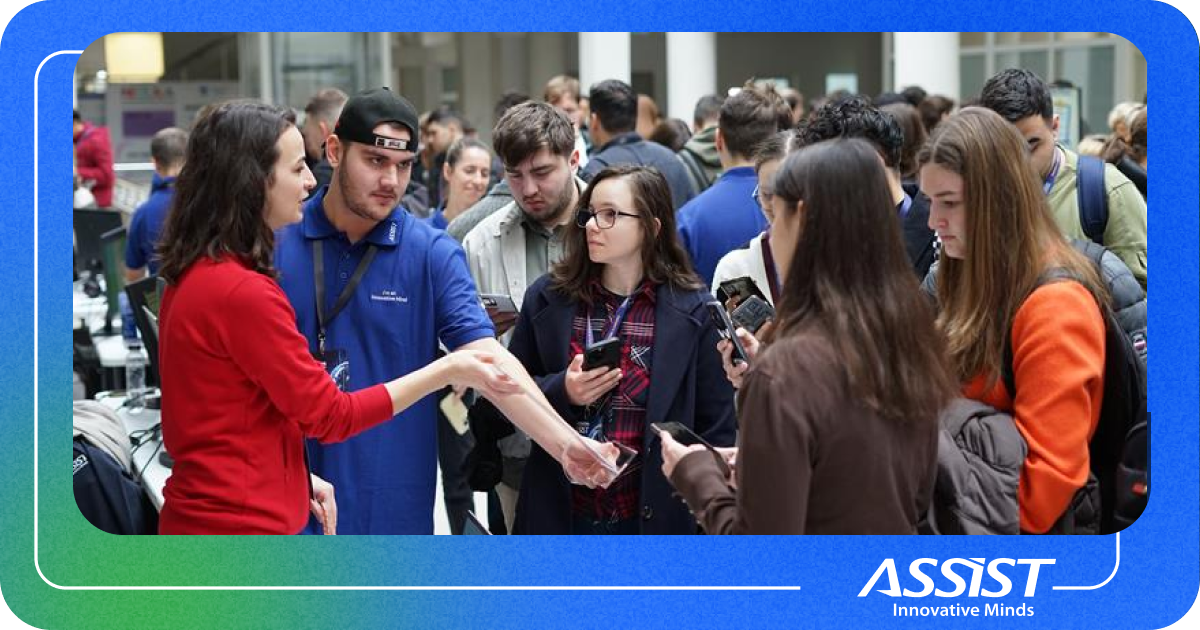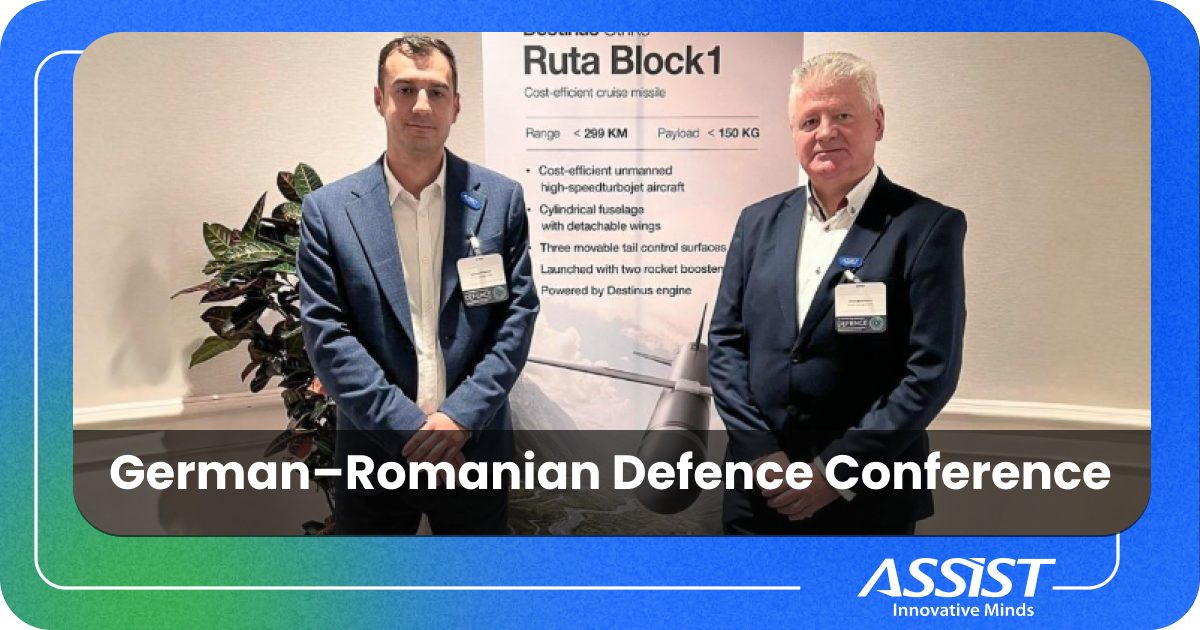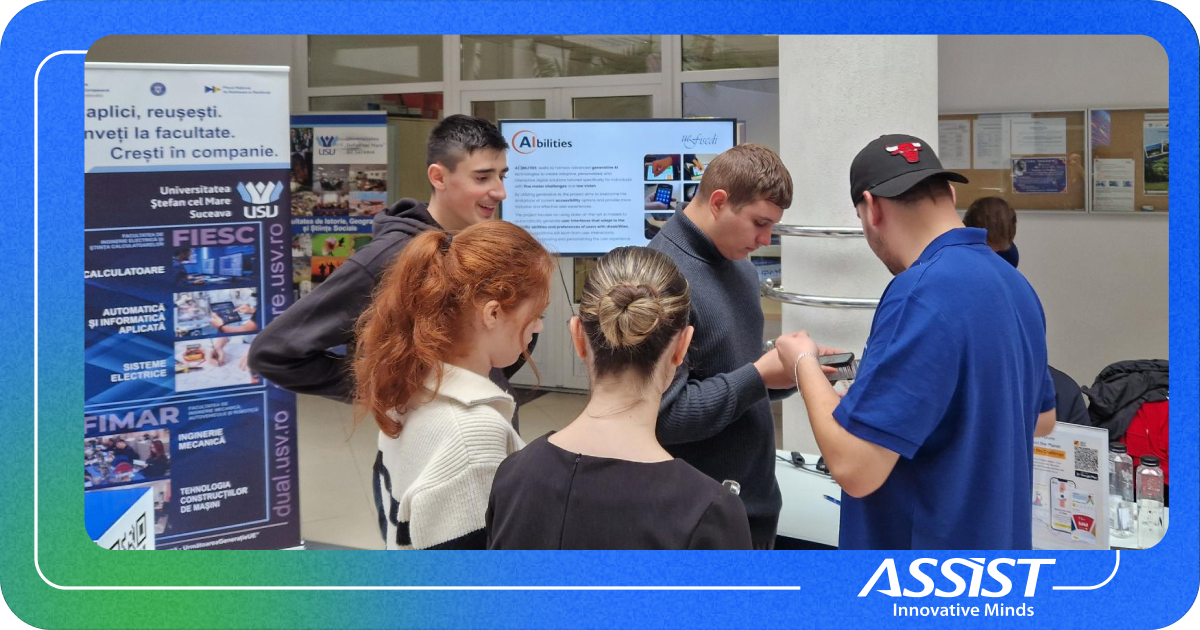Europe’s $3.5 Trillion Industry Is Getting an AI Makeover
Key Trends in European Manufacturing
Challenges
Driving Smarter, Safer, and More Scalable Production
Cross-Industry Innovation: Digital Twins from Ocean to Factory Floor
Preventing Failures Before They Happen
Romania's Growing Role in Smart Factory Development
Scaling Intelligence Across Manufacturing Operations
Conclusion: AI as the Engine of the Next Industrial Revolution
The manufacturing industry in Europe remains a crucial pillar of the continent's economy, with a projected market value of approximately EUR 3.5 trillion by 2025. It employs over 30 million people, making it one of the largest employment sectors in the European Union (EU). Manufacturing accounts for about 15% of the EU's GDP, significantly contributing to economic growth, innovation, and productivity improvements.
Key Trends in European Manufacturing
Industry 4.0 Adoption: European manufacturers rapidly integrate advanced technologies such as artificial intelligence, robotics, and the Internet of Things (IoT) to improve operational efficiency and enable smarter, more flexible production processes.
Smart Factory Transformation: More than 80% of European manufacturers expect smart factories to transform production within the next five years, demonstrating strong optimism toward digital innovation.
- Smart Manufacturing Market: The European smart manufacturing market is projected to reach EUR 150 billion by 2030, fueled by investments in digital transformation and sustainability initiatives.

Challenges
Despite its strengths, the sector faces challenges including labor shortages and rising input costs. However, ongoing investments in advanced technologies and sustainability efforts position European manufacturing as a driver of economic resilience and innovation.
Driving Smarter, Safer, and More Scalable Production
Leading manufacturers today leverage AI to extract actionable insights from vast and complex data streams, automate critical decisions, and minimize costly downtime. The focus has shifted from merely making machines work harder to enabling entire systems to think smarter. This paradigm shift is reshaping industrial workflows and unlocking new levels of productivity.
At ASSIST Software, we have witnessed firsthand how intelligent automation revolutionizes industrial processes. From optimizing maintenance schedules for power generators to creating immersive factory environments through digital twin technology, AI bridges the gap between physical infrastructure and digital intelligence, enabling proactive and precise management.
Cross-Industry Innovation: Digital Twins from Ocean to Factory Floor
Our participation in the EveryFish EU project, which centers on real-time monitoring and AI-driven modeling for sustainable fisheries, has deepened our expertise in digital twins and data fusion. The platform we developed accurately simulates fish processing environments, helping stakeholders optimize operations, reduce waste, and ensure regulatory compliance.

This expertise translates seamlessly to manufacturing. Imagine a production line modeled in real time, where AI agents forecast bottlenecks, monitor asset health, and simulate process improvements before implementation. Such cross-domain innovation exemplifies AI's power to enhance operational foresight and efficiency.
Preventing Failures Before They Happen
One of the most impactful AI applications in manufacturing is predictive maintenance. By continuously collecting sensor data and applying machine learning models, AI can anticipate equipment failures before they occur. This proactive approach reduces unplanned downtime, extends machinery lifespan, and delivers significant cost savings.
For example, we have deployed AI systems to monitor power generators, detect early signs of wear, and provide technicians with timely, actionable insights. This enables maintenance teams to intervene confidently and efficiently, avoiding costly breakdowns.
Romania's Growing Role in Smart Factory Development
Romania is rapidly establishing itself as a hub for industrial AI innovation. Beyond its rich tech talent pool, the country benefits from access to European Union innovation programs and a strong engineering culture. Companies like ASSIST Software are helping manufacturers adopt next-generation AI solutions without overhauling their existing infrastructure.

Our AI platforms integrate seamlessly with legacy systems to provide:
- Real-time asset monitoring
- Digital twin visualization
- Augmented reality (AR)-powered remote assistance
- AI dashboards for performance tracking and forecasting
These capabilities create more intelligent, responsive factories that adapt quickly to market fluctuations and operational demands.
Scaling Intelligence Across Manufacturing Operations
Looking forward, AI will be indispensable in addressing broader challenges such as sustainability, resource efficiency, and supply chain resilience. Advanced tools like real-time analytics, autonomous systems, and large-scale digital simulations will empower manufacturers to pivot rapidly, scale operations efficiently, and thrive in an increasingly complex environment.

Conclusion: AI as the Engine of the Next Industrial Revolution
AI is the engine driving the next industrial revolution. For manufacturers and technology partners like ASSIST Software alike, embracing AI means unlocking new levels of operational intelligence, agility, and competitive advantage. The future of manufacturing is intelligent, connected, and adaptive.
- Contact Us: https://assist-software.net/



